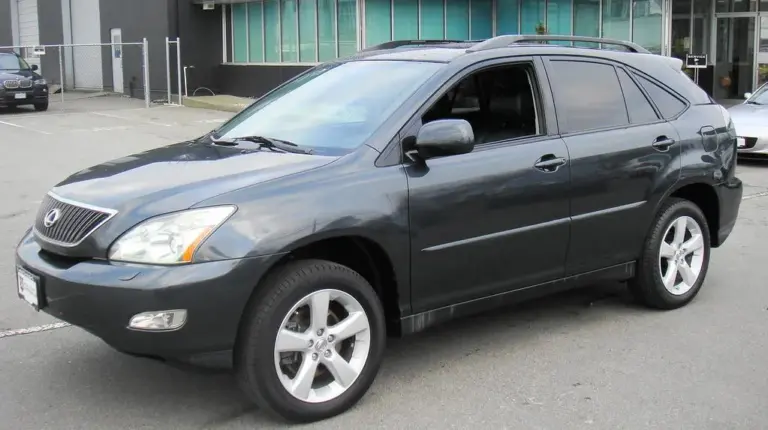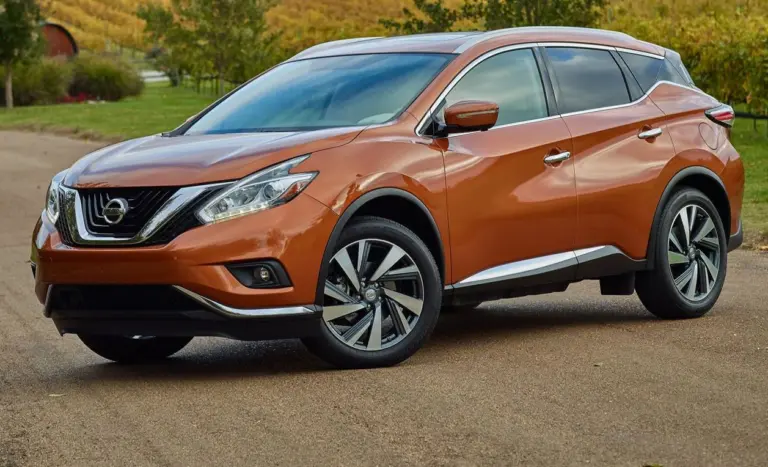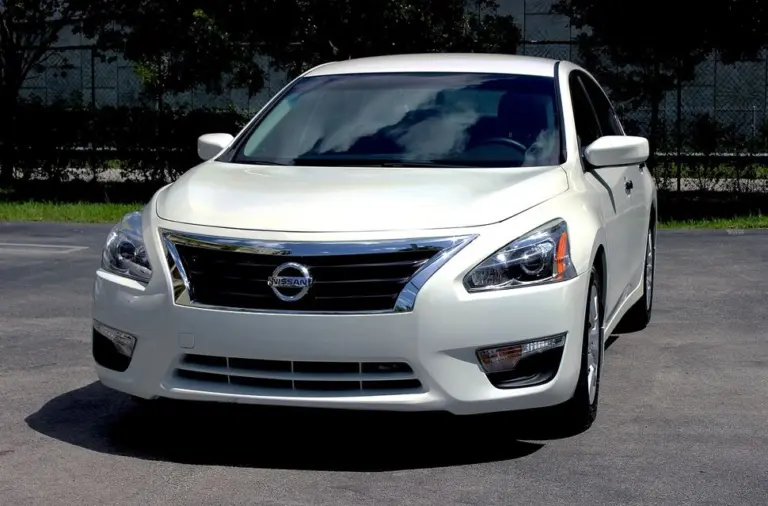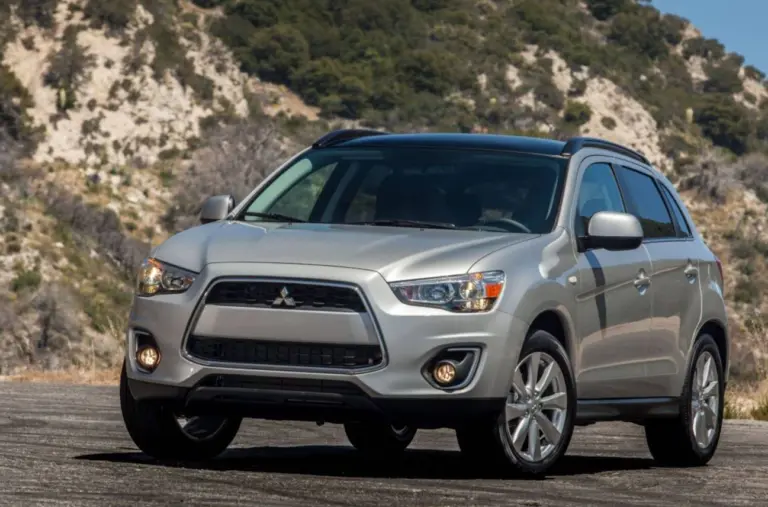Toyota 4Runner Years to Avoid (Updated)
The Toyota 4Runner has been a popular choice for SUV enthusiasts since its introduction in 1984. Known for its rugged durability and off-road capabilities, this vehicle has garnered a loyal following over the years.
However, like any long-running model, some years are better than others. If you’re in the market for a used 4Runner, it’s crucial to know which model years might give you more headaches than thrills.
Toyota 4Runner Years to Avoid
While the 4Runner is generally considered a reliable vehicle, certain model years have been plagued with more issues than others. Let’s take a closer look at the years you might want to steer clear of when shopping for a used 4Runner.
| Model Year | Common Issues |
|---|---|
| 2003-2005 | Frame rust, head gasket problems, dashboard cracks |
| 2000 | Frame rust, body problems |
| 1990-1995 (with 3.0L V6) | Head gasket failures, suspension issues |
| 2006-2007 | Transmission problems, rust issues |
| 2001-2002 | Automatic transmission issues, rust problems |
2003-2005 Models
The 2003-2005 4Runner models, part of the fourth generation, are often cited as the most problematic. These years saw a significant number of complaints related to severe frame rust, especially in regions with harsh winters. The rust issues weren’t just cosmetic; they often led to safety concerns and expensive repairs.
Additionally, these models suffered from head gasket problems, which can be costly to fix. Many owners reported dashboard cracks, which not only looked unsightly but could potentially interfere with airbag deployment. The 2004 model, in particular, is considered by many to be the worst year for the 4Runner.
2000 Model
The 2000 4Runner marked the beginning of serious frame rust issues for the model line. This year saw a high number of complaints about body problems and frame rust. Some owners reported that the rust was so severe it led to safety concerns and even accidents.
1990-1995 Models (with 3.0L V6)
While the second-generation 4Runners are generally well-regarded, those equipped with the 3.0-liter V6 engine are notorious for head gasket failures. This issue wasn’t just a one-time problem; even after repairs, the head gaskets were prone to failing again due to a design flaw in the engine.
2006-2007 Models
Although these years saw improvements over the earlier fourth-generation models, they still had their share of issues. Transmission problems were reported by many owners, with complaints of rough shifting and loss of power. Rust continued to be a concern for these model years as well.
2001-2002 Models
These third-generation 4Runners faced issues with their automatic transmissions. Many owners reported problems with the transmission not shifting correctly, especially at higher mileages. Rust problems also persisted in these model years.
Common Problems Across these Model Years
While each model year had its specific issues, some problems were common across multiple years of the Toyota 4Runner. Understanding these can help you make an informed decision when considering a used 4Runner.
Rust and Corrosion
Rust has been a persistent issue for many 4Runner models, particularly those from the early 2000s. The problem isn’t just cosmetic; severe rust can compromise the vehicle’s structural integrity, leading to safety concerns and expensive repairs.
Transmission Issues
Several model years, especially those from the early 2000s, have reported transmission problems. These issues often manifest as rough shifting, loss of power, or the transmission reverting to manual shifting mode.
Head Gasket Failures
This problem was particularly prevalent in the 3.0-liter V6 engines used in the early 1990s models. Head gasket failures can lead to overheating and potential engine damage if not addressed promptly.
Dashboard Cracks
Many owners of fourth-generation 4Runners (2003-2009) have reported issues with cracking dashboards. While primarily a cosmetic issue, severe cracking could potentially interfere with airbag deployment.
Brake System Problems
Some models, particularly those from 2014-2017, have had reported issues with the braking system. Complaints include temporary brake failure or locking up, as well as premature wear on brake components.
Frequently Asked Questions (F.A.Q)
Q1. Which Toyota 4Runner years are the most reliable?
While it’s important to focus on the years to avoid, it’s equally crucial to know which years are considered the most reliable. Generally, the 2010-2016 fifth-generation 4Runners are highly regarded for their reliability. Additionally, the 2008-2009 fourth-generation models received fewer complaints compared to their predecessors.
Q2. How long do Toyota 4Runners typically last?
With proper maintenance, a Toyota 4Runner can last well over 200,000 miles. Many owners report their 4Runners still running strong at 300,000 miles or more. This longevity is one of the key reasons for the 4Runner’s popularity.
Q3. Are newer 4Runner models free from the rust issues that plagued older models?
Newer 4Runner models, particularly those from the fifth generation (2010 onwards), have shown significant improvements in rust resistance. However, it’s always a good idea to inspect any used vehicle thoroughly for signs of rust, especially if it’s been driven in areas with harsh winters or near saltwater.
Q4. What should I look for when buying a used Toyota 4Runner?
When considering a used 4Runner, pay close attention to signs of rust, especially on the frame and undercarriage. Check the transmission for smooth shifting, and look for any dashboard cracks in fourth-generation models. It’s also wise to have a trusted mechanic perform a thorough inspection before making a purchase.
Q5. Are Toyota 4Runners expensive to maintain?
While 4Runners are generally reliable, they can be more expensive to maintain than some smaller SUVs due to their size and off-road capabilities. However, their longevity often offsets these costs over time. Regular maintenance is key to keeping repair costs down in the long run.
Wrapping Up
While the Toyota 4Runner has a strong reputation for reliability and durability, certain model years have had more than their fair share of issues. By being aware of these problematic years and common issues, you can make a more informed decision when shopping for a used 4Runner. Remember, regardless of the model year, a well-maintained vehicle with a documented service history is always a better bet than one with a questionable past.







